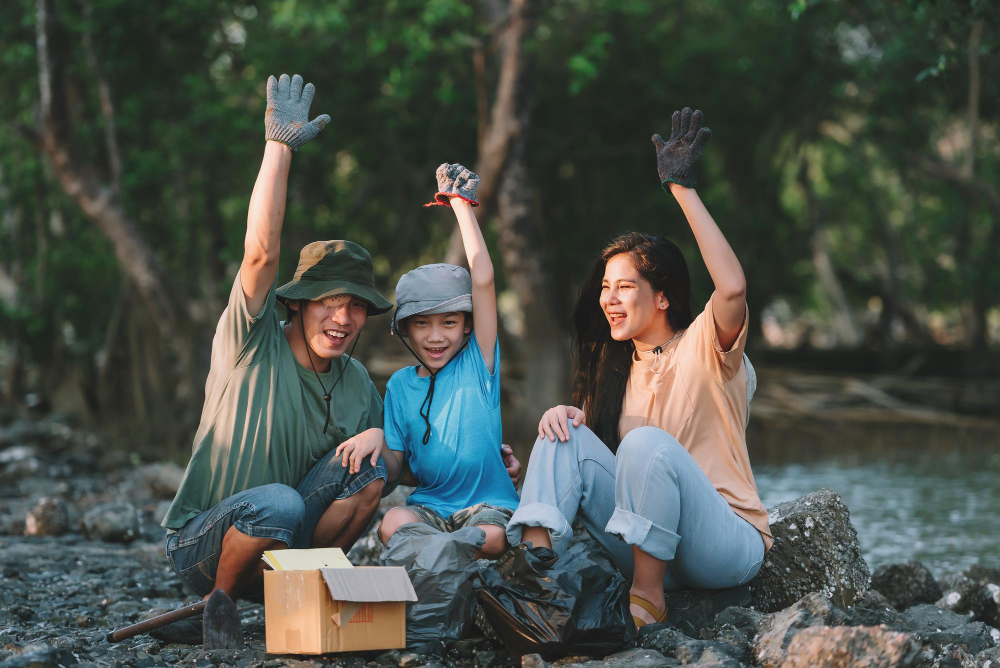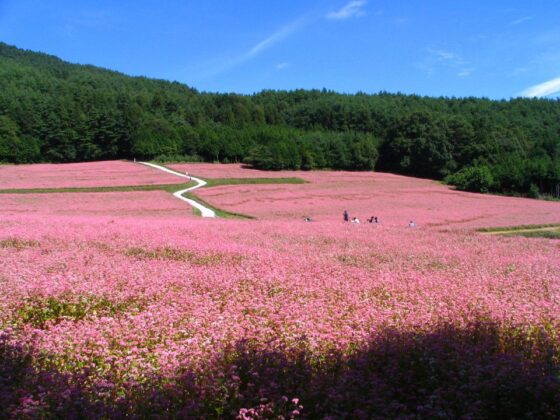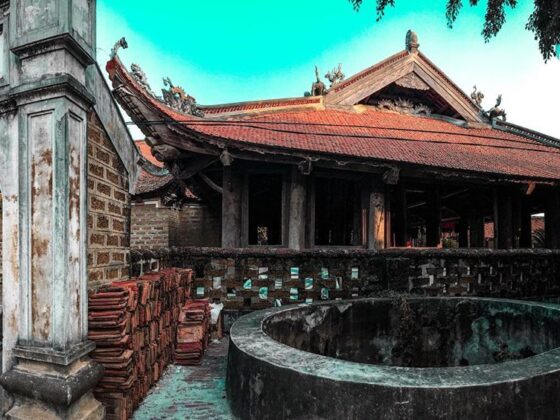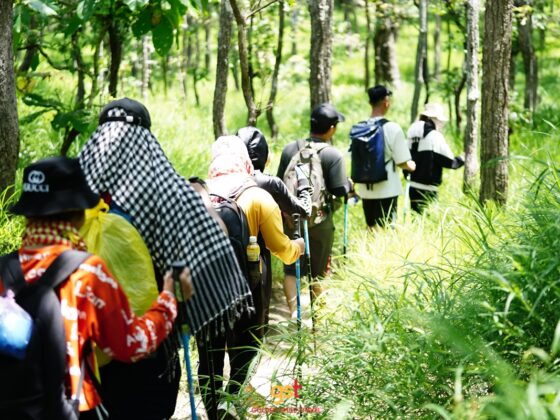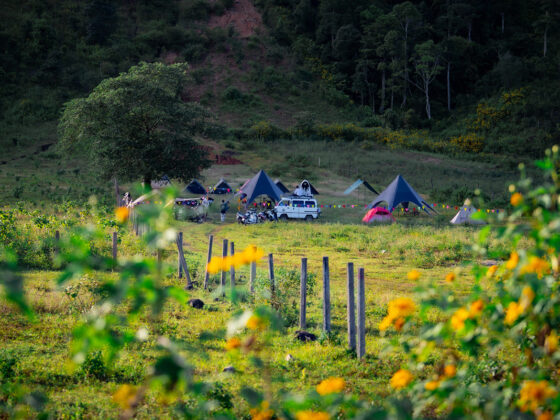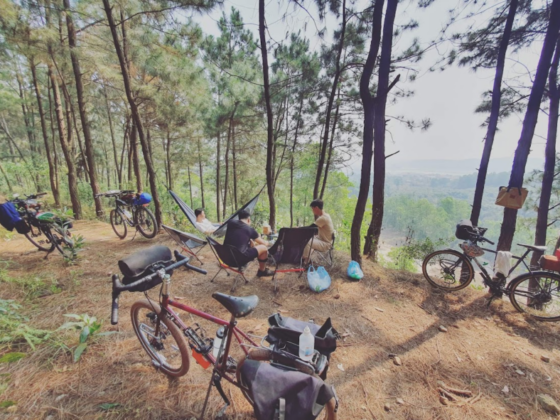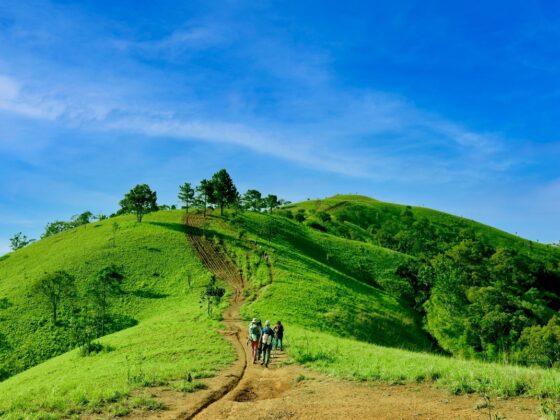Table of Contents Show
✍️ AI is summarizing:
The leave no trace principles are more than just a set of rules for the outdoors. At first glance, “Pack it in, pack it out” might sound like just another hiking command—like “stay on the path” or “watch for wildlife.” But the more time I spend on the trails, the more I realize this phrase is the very heart of philosophy.
There’s something sacred about stepping into nature. Maybe it’s the hush that falls over you when you leave the city behind, or the rhythmic crunch of earth beneath your boots. And if you’re open to it, this simple practice becomes a quiet reflection of who you are.
Read more interesting posts here:
- A Gentle Guide on How to Get Kids to Love the Outdoors (Without Forcing It)
- Eco-Chic Escapes: A Guide to Sustainable Glamping in Vietnam
- Beyond the Spa: A Guide to Creating Your Own Vietnam Wellness Retreats
How a single moment on the trail illustrates the Leave No Trace principles
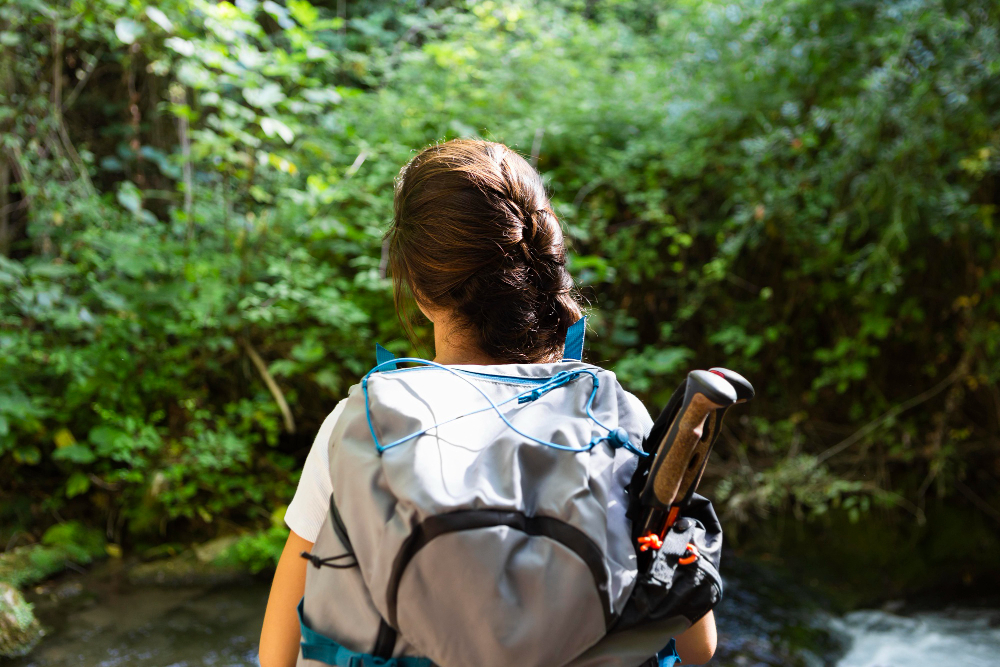
A few weekends ago, I hiked a loop trail just outside the city. At the summit, with the kind of sweeping view that makes you pause mid-bite of your snack bar, I noticed something that took the air out of the moment: a pile of snack wrappers stuffed under a rock. It was a stark reminder of why the Leave No Trace principles are so important.
It wasn’t a lot. Just a few pieces. But they didn’t belong. And it made me think someone took the time to bring these items all the way up here. They had space in their bag then. So what changed?
That moment stuck with me. Because “pack it in, pack it out” isn’t just about trash. It’s about the mindset behind all Leave No Trace principles: choosing to be a good guest in a space that existed long before you and will exist long after.
Why the Leave No Trace principles are a mindset, not just a set of rules
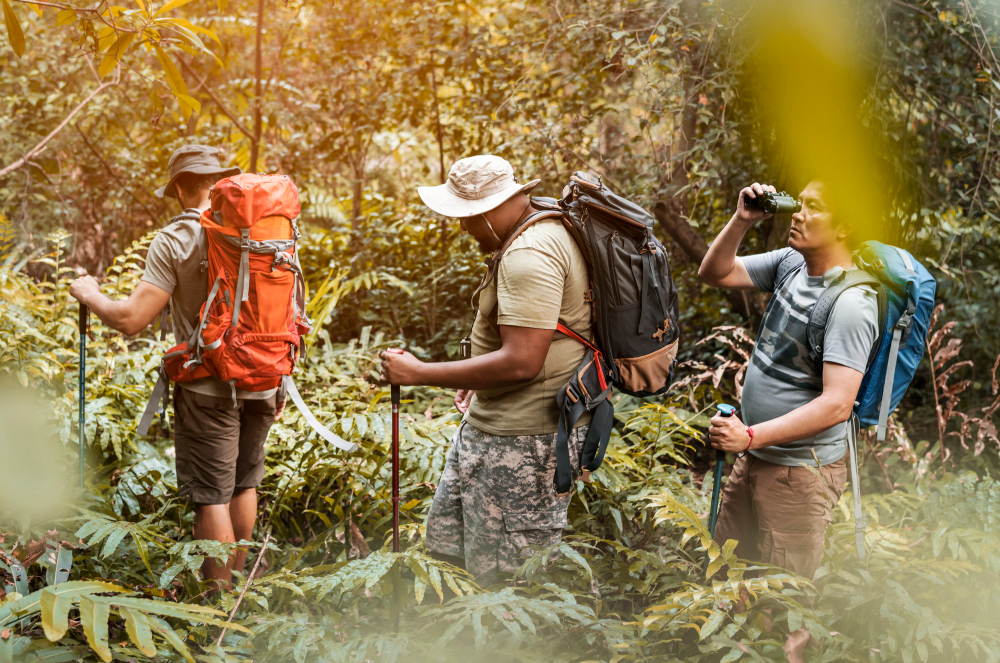
What we carry in our backpacks like water, food, layers, and first aid says a lot about the kind of hiker we are. But what do we carry out? That speaks to the kind of human we are. Do we only take responsibility for our own footprint, or are we willing to bend down, pick up someone else’s mistake, and quietly do better?
It’s a form of respect. Not just for the land, but for the next person who walks that same trail. When you practice the Leave No Trace principles, you’re creating space for someone else to experience the same wonder you did uninterrupted, unspoiled.
Putting the Leave No Trace principles into practice on every hike
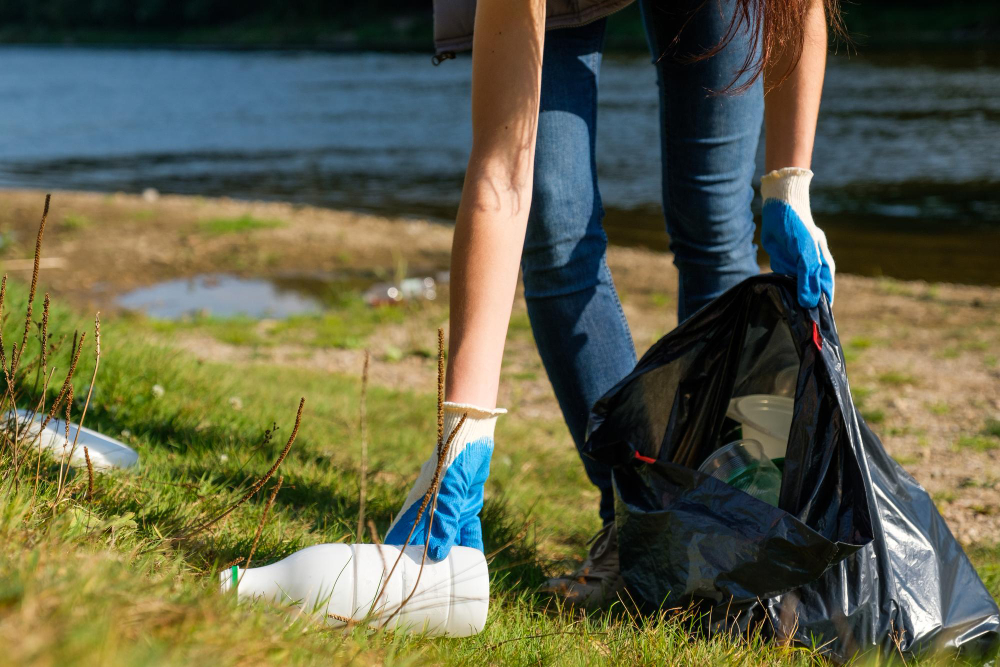
These days, I try to practice the Leave No Trace principles by treating my pack like a mini stewardship kit. I bring gloves and an extra bag for any trash I find. A reusable water bottle instead of plastic. Are these small things? Sure. But like trail steps, small things add up. And they ripple outward, because someone always sees you picking up that bottle or walking a few extra steps to dispose of something properly. And that quiet action might just inspire the next.
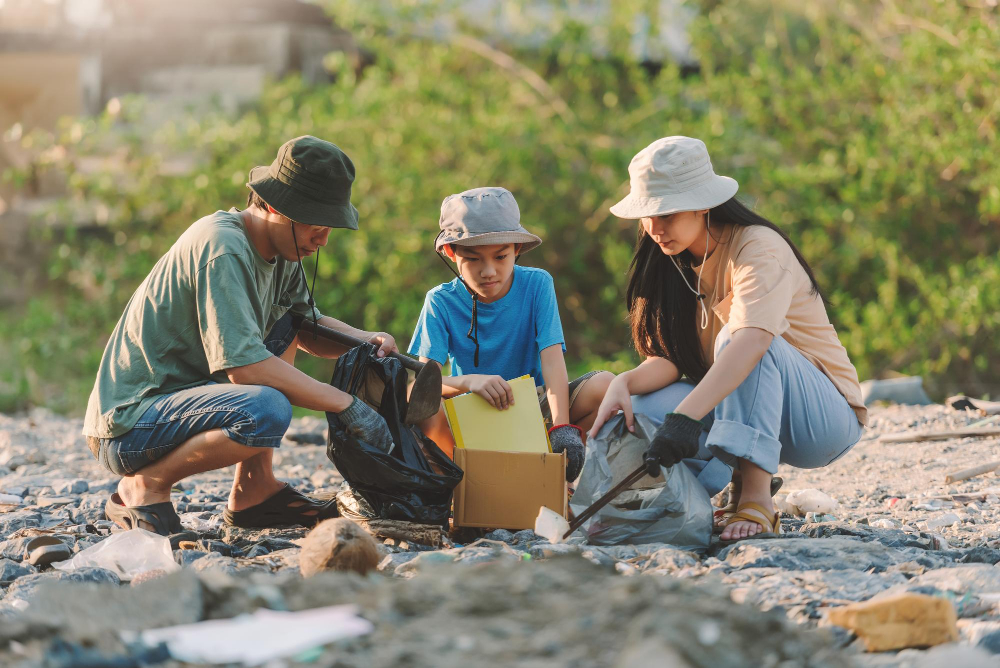
It helps that I use the ExoTrails, which has quickly become a staple in my outdoor routine. It doesn’t just help me find beautiful trails, it connects me to a community of others who care and uphold the Leave No Trace principles. I’ve discovered hidden routes, shared tips, and even joined clean-up efforts I wouldn’t have known about otherwise.
So here’s my gentle ask, rooted in the Leave No Trace principles: next time you head out, take a minute to think about what’s in your pack. Not just gear, but intention. Could it handle a little extra if you needed to carry out some trash? Would you be proud of what it says about you?
“Pack it in, pack it out” may have started as a rule. But maybe, just maybe, it’s become a quiet promise – a commitment to leave places better, walk a little lighter, and hike with heart.
Conclusion
The contents of our backpack tell a story about our preparedness, but the real measure of our journey is what we leave behind or rather, what we don’t. The Leave No Trace principles aren’t a checklist to be completed; they are a quiet promise we make to the wild places we love and to every person who will walk the path after us. It’s a commitment to ensuring that the magic we find in nature remains for generations to come, unspoiled and intact.
Ready to join a community that hikes with heart? Join our community of explorers in the ExoTrails Facebook Group and follow the ExoTrails Fanpage for daily inspiration and trail tips!
FAQs
What does ‘pack it in, pack it out’ mean?
It means that everything you bring into a natural area, from food wrappers to apple cores, must be packed up and taken back out with you.
What are the 7 principles of Leave No Trace?
The seven principles are:
- Plan Ahead and Prepare.
- Travel and Camp on Durable Surfaces.
- Dispose of Waste Properly.
- Leave What You Find.
- Minimize Campfire Impacts.
- Respect Wildlife.
- Be Considerate of Other Visitors.
Why is it important to leave no trace when hiking?
It protects ecosystems, preserves the natural beauty of the trail for others, and ensures that wildlife is not harmed by human presence.
How can I be a more ethical hiker?
Follow the seven Leave No Trace principles, stay on marked trails, be quiet and respectful of wildlife, and leave places better than you found them.
What should I do if I find trash on a hiking trail?
If you can do so safely, pick it up using gloves or a bag and pack it out with your own trash to dispose of properly.

